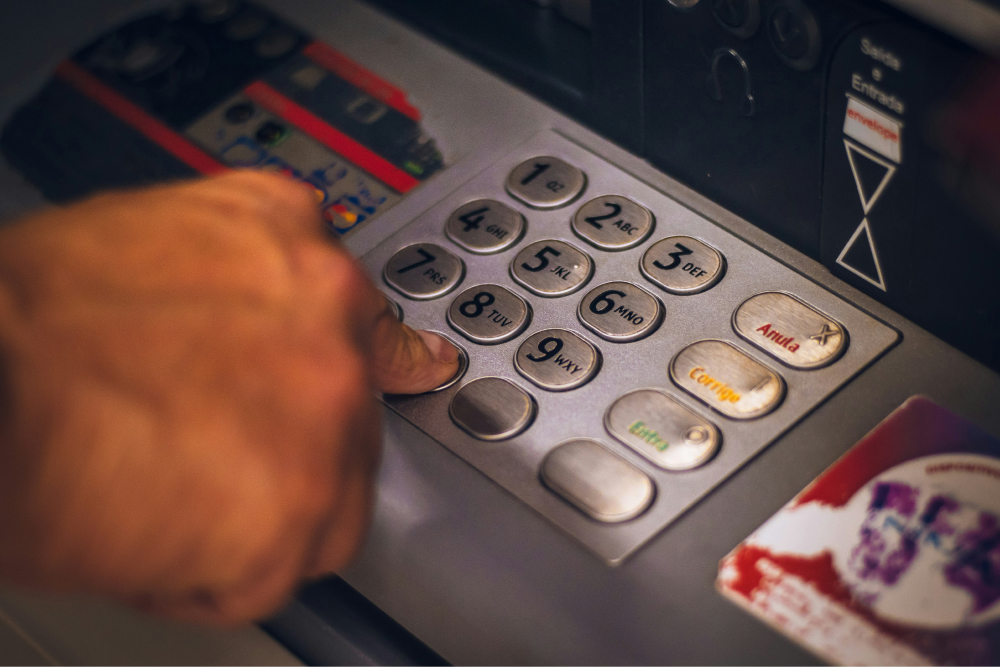Introduction
Are you struggling with debt and unsure about your options? This guide will help you understand Debt Relief Orders (DROs), a potential solution for getting your finances back on track. We’ll break down the criteria, upcoming changes, and steps to take if you think a DRO might be right for you. If you need further assistance, there are many resources available to help you navigate your legal challenges.
If you’re struggling with debt, a Debt Relief Order (DRO) could be a way to help you get back on track. But before you can apply for a DRO, it’s important to understand how your income, debts, and belongings will be evaluated. This guide will break down what you need to know in simple terms.
What is a Debt Relief Order?
A Debt Relief Order is a formal solution for people with low income and few assets who can’t pay their debts. It allows you to write off debts you can’t afford to pay, but there are specific criteria you must meet to qualify.

Upcoming Changes to DRO Rules
Starting June 28, 2024, the rules for obtaining a DRO will change:
- You may be able to apply for a DRO if your total debts are £50,000 or less.
- If you own a vehicle worth less than £4,000, you won’t need to include it as part of your assets.
If your debts fall between £30,000 and £50,000, you might want to wait until the new rules take effect to apply.
Key Criteria for a DRO
To qualify for a DRO, you must meet the following criteria:
- Income: You should have £75 or less left after covering your normal household expenses each month.
- Debts: Your total debts must be £30,000 or less (or £50,000 or less after June 2024).
- Belongings: The value of your belongings, including savings, must be less than £2,000.
Assessing Your Income
When you meet with a DRO adviser, they will help you calculate your available income. This includes:
- Your salary or wages.
- Any welfare benefits you receive (like jobseeker’s allowance).
- Pension income.
- Contributions from family or friends towards your living costs.
- Rental income.
After deducting reasonable household expenses, if you have £75 or less left over each month, you may qualify for a DRO.
Evaluating Your Debts
Your adviser will help you list all your debts, which may include:
- Credit card or loan balances.
- Rent arrears.
- Unpaid council tax or utility bills.
- Benefit overpayments.
- Hire purchase arrears.
Make sure to include all debts, even those shared with someone else. However, it’s important to know that only the person applying for the DRO will be released from the debt.
Assessing Your Belongings
You won’t be eligible for a DRO if your assets are valued over £2,000. Assets include:
- Cash and savings.
- Shares.
- Items of value (like antiques or jewelry).
However, some items are not counted as assets, such as:
- Everyday household items like clothing and furniture.
- Tools or equipment you use for work.
- Most pension funds, unless you can access them right away.
Special Considerations for Vehicles
If you own a vehicle, it won’t count as an asset if:
- It’s worth £2,000 or less (or £4,000 or less from June 2024).
- It has been adapted due to a disability.
Only one vehicle can be excluded, and it must be used for personal purposes. If you need to determine the value of your vehicle, you can check what your vehicle is worth on the Parkers website.
If you’re paying for a vehicle through a hire purchase agreement, it doesn’t count as an asset until you’ve made all payments. However, keep in mind that you may not be allowed to continue payments while under a DRO.
What If You Don’t Qualify?
If your financial situation doesn’t meet the criteria for a DRO, don’t worry. There are other debt solutions available. If your debts are between £30,000 and £50,000, consider waiting until the new limit takes effect on June 28, 2024.
Next Steps
If you think a DRO might be right for you, consider these next steps:
- Learn how to apply for a DRO.
- Understand what happens once a DRO is granted.
- Explore other debt solutions if needed.
- Seek advice from a financial expert or a debt adviser.
Getting help with your finances can feel overwhelming, but understanding how a DRO works is the first step towards regaining control of your financial future. If you have any questions or need assistance, don’t hesitate to reach out for support.
For more info, check out some of our related articles:
